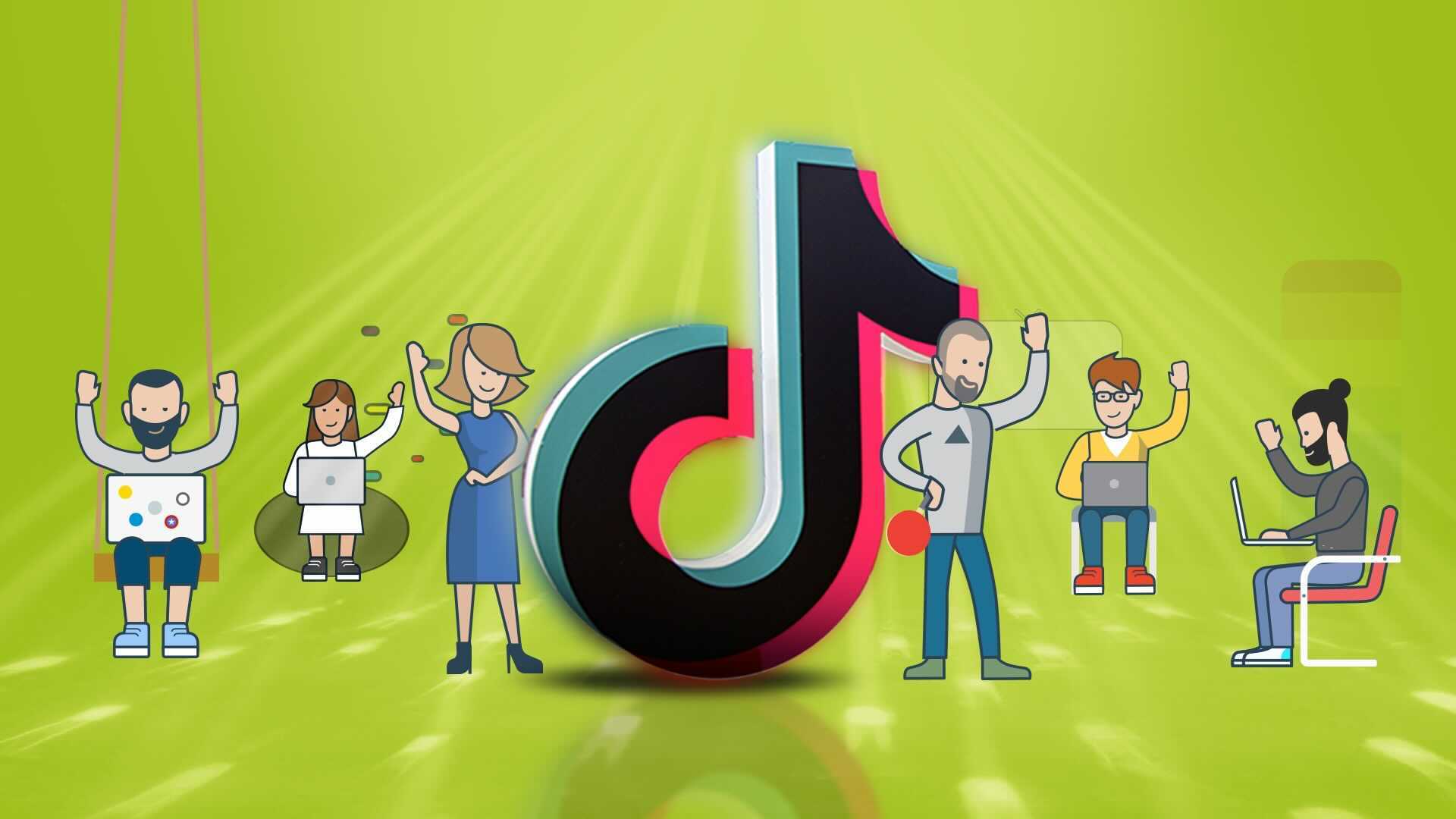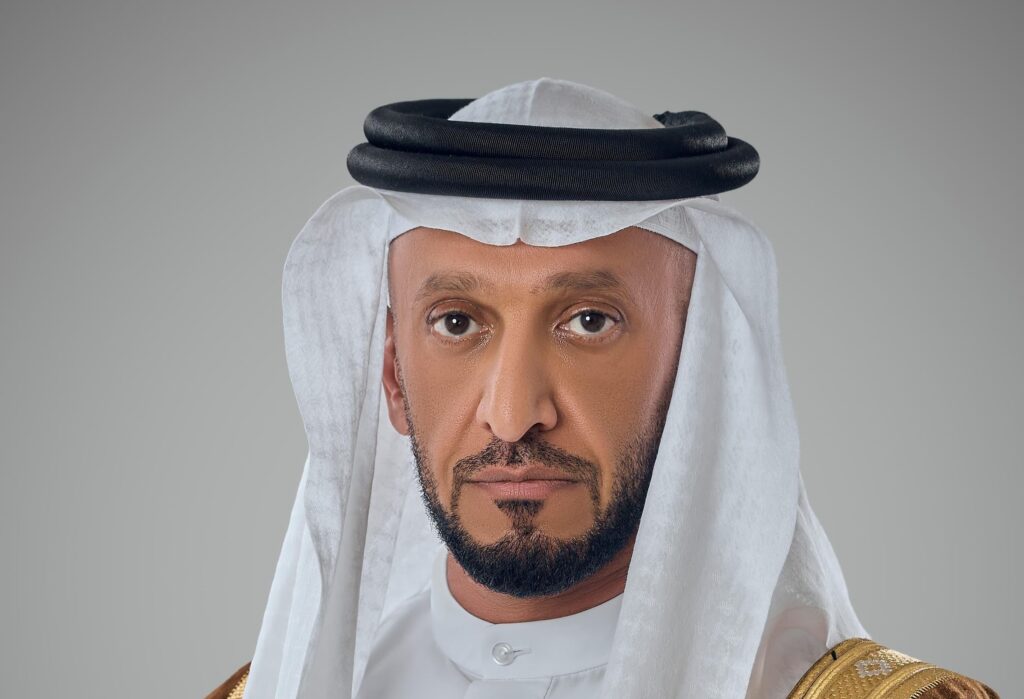
Your PR announcing Netizency’s TikTok win does not read like the typical PR. It was kind of cute. What got into you?
Well, in general, I hate reading press releases and I wanted to find some way of making it a little bit more interesting. The thing is, TikTok turned around the traditional way of creating and consuming content so we thought, how can we make our PRs as similar as possible to TikTok content? We tried to pick up a song that you would follow the rhythm to and build the press release around that. It was about just trying to make the press release as experiential or as relevant to the content as possible.
Relatable as well.
Yeah, that was exactly it. I think a lot of people did not really get it and I got a lot of questions. But the few who did, I think, were big enough proponents to cover up for those that didn’t [laughs].

At least it got people reacting, which is quite a feat when sending a press release. So, congrats on the win.
Thank you.
What exactly is the scope of the agreement?
It’s funny because the scope keeps evolving. TikTok is growing, innovating at an extremely fast rate. So, they wanted someone to be their partner when it comes to communication specifically for B2B.
Why do you think you got the account?
I think what helped is that a) we’re very agile as an agency. We try to build Netizency in a way that’s different from any other agency. Just as an example, we don’t have a creative director, because I know that having a creative director would create a bottleneck and means one person needs to make sure that every piece of content is perfect. And when you’re working on social media, you need to create one piece of content a day for every client, at least, and having all of those over-thought and over-analyzed and over-perfected is going to kill the agility.
You’re going to piss off many creative directors by saying that!
And a lot of them are my friends! Between myself, Michael (the other Managing Partner), and Tamara (our Business Director), we’ve worked at all the agencies in the region [laughs]. And to be honest, we tried to learn what not to do from that.
So, agility was one of the reasons. What are the others?
We are very data-driven. So, we did a lot of analysis on what people are talking about when it comes to social channels, what other platforms are doing, what the different engagement rates on each channel are, who the different audiences are in every vertical, on every different social platform, and what the best way to reach them is. We have a streamlined methodology for all of our pitches and it follows several different steps but I think agility, being data-driven, and having relevant experience helped a lot. The fourth element is that we know TikTok and we know social media very, very well. Everyone is fully updated on every new platform update, on their benefits versus other social platforms, their demographics and who they reach.
What does this win mean for a regional agency like Netizency?
It kind of reaffirms the fact that the model of traditional agencies is failing and is less able to be agile and adapt to current needs.
Oh come on! This is something that we’ve heard time and time again. The boutique agency model was already fashionable ten years ago.
Look, speaking to most of the heads of the agencies around the region, it is true [laughs] and everyone is suffering significantly. I look at how we are doing compared to other agencies and I think it’s a telltale sign. There are three things happening. One, with Covid, many businesses are moving to digital. Two, with budget cuts, many clients are trying to go to smaller agencies. But, again, I think those two don’t really apply to TikTok. The third thing is that the industry is evolving at such a fast pace that the bigger and more rigid you are as an organization, the more difficult it is for you to keep up and adapt. This is why we’re moving towards smaller, more agile, specialized people and entities versus the bigger one-stop-shop entity. The process and the business model do not give you for the flexibility and agility of turning around content within a few hours or developing videos within a few days and not going through all of the hoops and different people you require to turn around a certain piece of content.
So are you planning to hire people? Expand somehow? Bring in new skills?
We try to always be slightly over capacity. It’s a luxury but even if it means a little bit less profit in the short term, I think it helps us significantly in the long term because a lot of the pitches will ask you to hit the ground running and be able to start in a week or two. And you also need resources to be able to submit pitches and get new clients and work on proactive ideas. It is an investment that we consciously put in. And again, we’re not bound by strict global boards; we’re not a public company that is listed and our main objective is to make a lot of money now. I can keep my retained earnings in the company for a year or two to make sure that we grow quickly, and that’s what we’ve been doing and it really helps. So, initially, no, it did not require hiring new resources but it is growing extremely fast and we are doing much more work than we and they expected to do as the platform is growing.
In terms of expanding capabilities, this is something that we’re always trying to do and we’re always experimenting with launching new products and capabilities and developments, from AR and VR lenses to a digital storefront. We’re always looking for the next best thing and trying to disrupt our business as much as possible.
What about the timing, on the heels of the Covid-19 crisis?
In terms of efficiencies, we’ve always allowed people to work from home. We have everything purely on the cloud – we don’t have a server in our office, everyone has their own laptop that they can take home, all the emails are web-based, all the communications are done on Slack which is web-based, all of the files are stored on Dropbox, all of our licenses are Microsoft 365 Office. I literally don’t own anything. So, we weren’t impacted.
In terms of the existing client base, some of the big clients, the ones who you thought would never be impacted, actually cut their budgets and their retainer fees. But at the same time, we found a lot of opportunity. We have many technology clients who used to do all of their work globally out of the US; and because all of the marketing work went digital, their head offices in the US started allowing people to outsource within their markets because they can’t manage all of this centrally. So, we got a lot of business out of that as well. And there were many smaller or different clients who would have never marketed online but who now do because they can’t do anything in-store or in print. So, our existing business decreased but we found a lot of opportunities that actually helped us.
And then, we decided to do a lot of work on partnerships. We are partners with several different clients and platforms working on getting new businesses. Many companies have market development funds (MDFs) for all of their authorized distributors and we’re trying to get all of these budgets and work with all of their clients. Many social networks provide free content or content support to different clients and we’re trying to work with them so that they do this through us. We’ve signed partnerships on both – clients and platforms – where, through a big entity, we provide the content arm, which would help significantly. This is where I think that, to a certain degree, content has become commoditized and unless you annex it to a strategy or a platform or a media plan, it becomes much less worthy. We’re trying to annex ourselves as much as possible to bigger things than content itself.
So, winning the TikTok B2B account wasn’t a lifesaver in this tense economic environment?
To be honest, it wasn’t a lifesaver but it was really good news because it is such a nice client to work on, such a nice, happy, positive win [laughs]. We love the brand; we love the people. It’s not running after a client that you’d have to do the work for while you’re unhappy. It’s something that you love to do [laughs].
That’s what it should feel like all the time! What are you’re planning to do for them?
We’re trying to help them reach businesses at every stage of the purchase journey, ranging from awareness to consideration to moment of purchase to even loyalty. I would say it’s just how to tackle different businesses, wherever they are in the funnel.
One of the key insights that we go back to in every brief and every piece of work that we do is how to bridge the gap between the CMO and the consumer, and especially the younger consumer. Because all the CMOs and the marketeers have become an older generation and they get scared when they see TikTok, whereas all of the consumers and Millennials and Gen Zers are totally on TikTok. Our role is to connect consumer and CMOs, and how to get Tiktok to speak the two languages. Because the minute the CMOs see some of the content on TikTok, they don’t relate; but you need to show them how it’s relevant for their brand and what it means in terms of profit for them. This is the most difficult thing, how to appeal to those two types of people without offending anyone. It’s a balancing act because if you show those Gen Zers your formal CMO face, they’re gonna run away, and vice versa.






